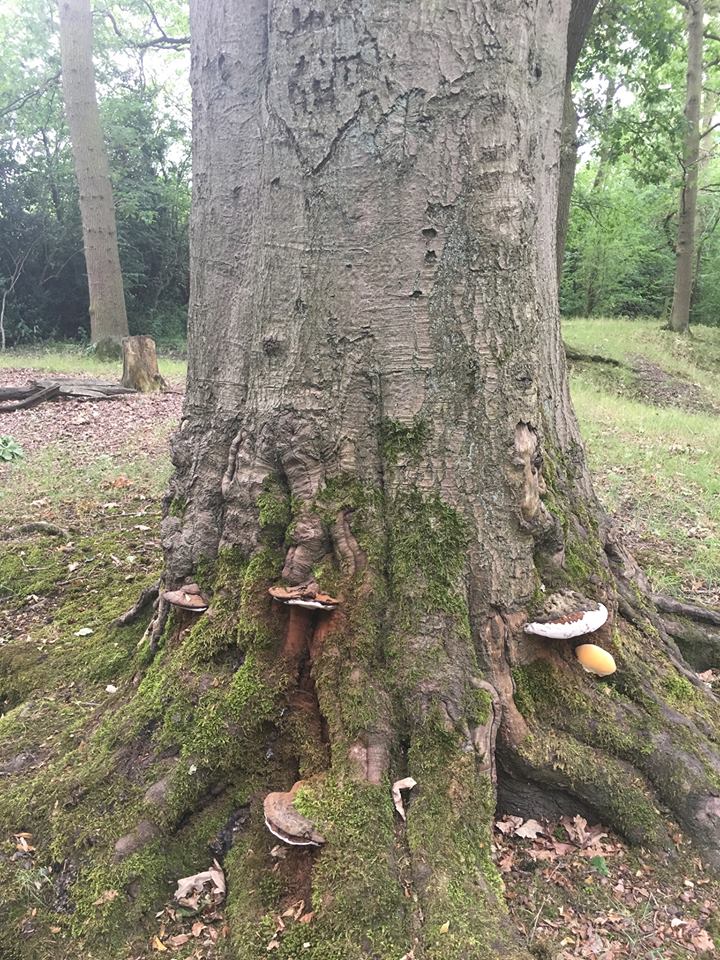
NEWS
Community involvement in tree risk management strategies
Landowners have a duty of care to ensure that the trees in their estates and communities do not present a risk to the public. Housing associations, schools, estates and public bodies are increasingly compelled to develop clear and legally-defensible tree risk management strategies. Often, such tree risk management strategies are developed and delivered by tree risk experts, in accordance with risk tolerance levels, priority zones and an approved methodology, but without consideration of wider community wants or needs. Delivering such strategies without public consultation can often result in resistance or confusion from tenants, business owners and the wider community. When developing urban forest risk management plans for landowners and managers, we should ensure that the process involves local stakeholders early in the process.
We should broaden the scope of our tree risk assessment strategies to consider the following:
1. Understand Community Needs
Conduct surveys or interviews to understand local concerns about trees.
Identify key stakeholders like local groups, schools, and residents.
2. Educate and Inform
Host workshops and distribute informational materials about tree health and safety.
Use public meetings for discussions, feedback, and program updates.
3. Inclusive Decision-Making
Form committees with community representatives.
Establish feedback channels for community suggestions.
4. Community Participation
Encourage volunteering for tree-related activities.
Involve schools in educational tree projects.
5. Transparency and Communication
Ensure open access to program information.
Use local and social media for broader reach and real-time updates.
6. Cultural Engagement
Organize tree walks and cultural events focused on local trees and nature.
7. Recognition of Contributions
Acknowledge community efforts in various forums.
Provide incentives for active participants.
8. Ongoing Engagement
Maintain regular community involvement and updates.
Conduct reviews to gauge the program's impact and gather feedback for improvement.
Trees overhanging a public road
Retaining Diseased Trees as Vertical Habitat
We are often engaged to undertake tree safety assessments, the brief being "is the tree going to harm people or property". The answer to this question is a matter of "targets": were the tree to fail what might it hit? Then there is a question assessing the potential risk which the tree might pose where targets exist.
The aim through using this system is not to negate all risk (which would require the felling of all trees), but to reduce it to a tolerable, low level. Although the beech tree noted in the image has a host of decay fungi colonising it's stem and roots, it is in a amenity woodland location with footpaths which can be realigned, so a heavy reduction of the crown to reduce the risk of failure is aesthetically appropriate.
While not always appropriate in a heavily built-up or high-target setting, the creation of "standing habitat". Such standing dead wood is an irreplaceable habitat for invertebrates, birds, bats and even more elusive species: https://arboriculture.wordpress.com/2016/03/13/the-value-of-standing-deadwood-for-fairies/
If you have a tree in decline, contact us for a consultation, and we may be able to provide some novel ecological management options.



